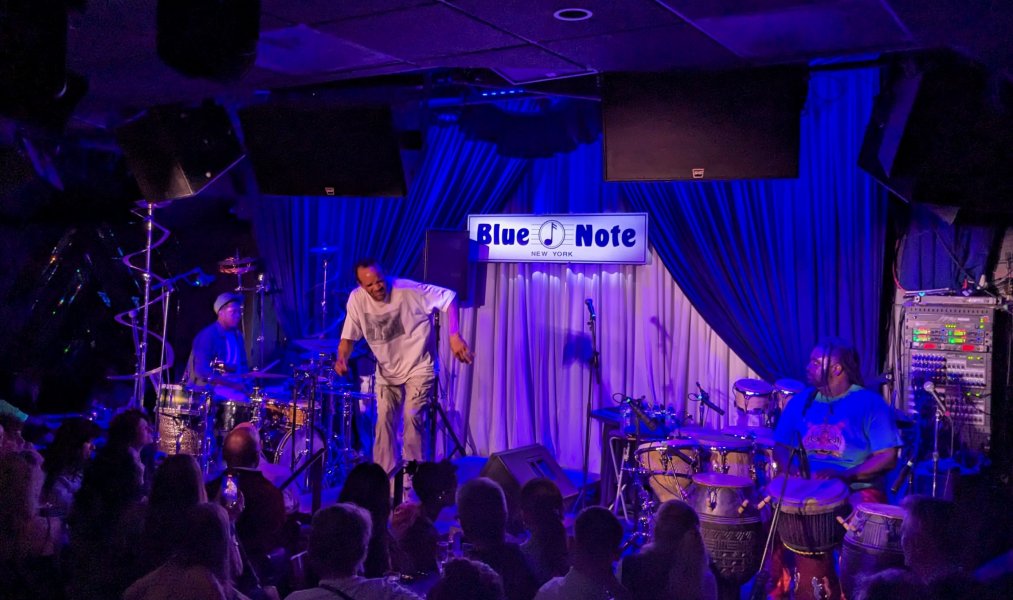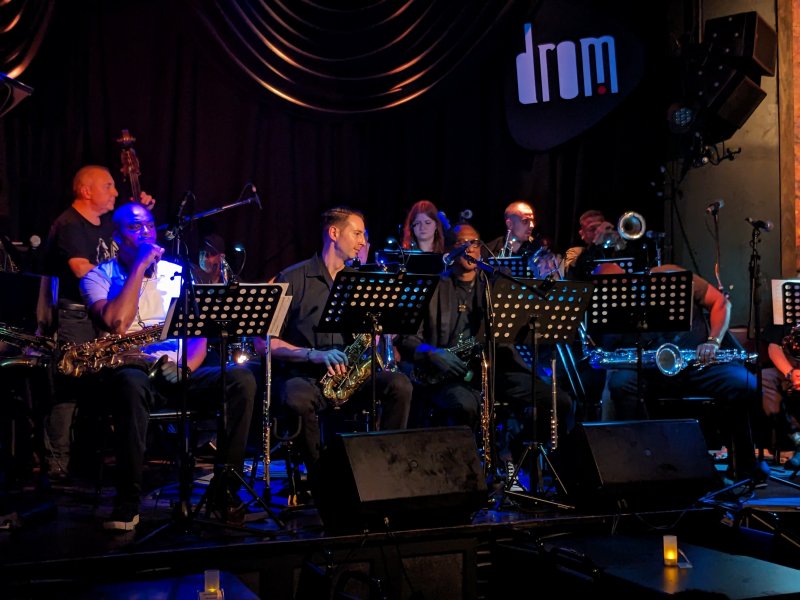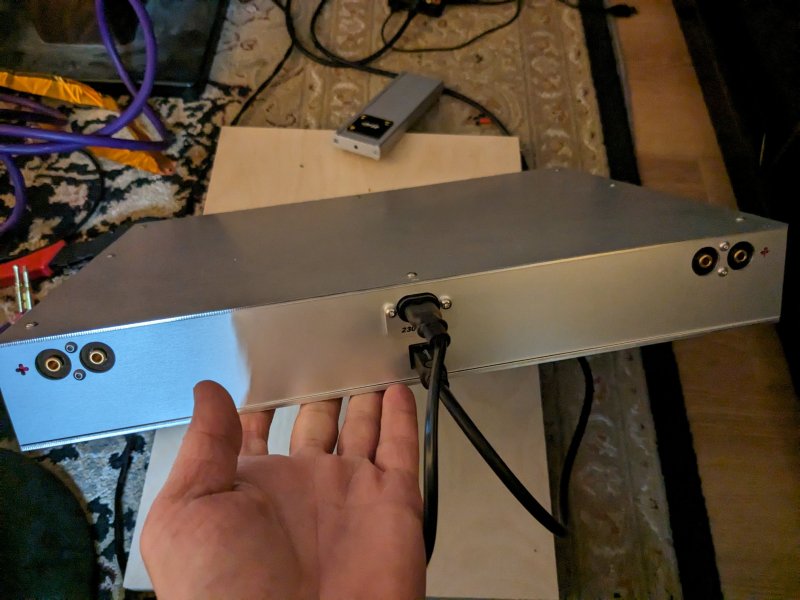One of the pioneers of Jazz, performing in a small club in Long Island in 1965 two years before passing away. How I wish I could have been there, but I was born a year later
Liner Notes - Martin Williams
Henry "Red" Allen, Jr., represents the final develop ment of one of the great traditions in American music. The tradition, of course, is that of New Orleans' cornet and trumpet men, It begins with Buddy Bolden, the man who (at least to New Orleans musicians) first played jazz. It includes Freddie Keppard and King Oliver and Tommy Ladnier and Louis Armstrong.
And it includes Red Allen, who had already begun to develop a personal style by the late Twenties, when he was a featured soloist with the Luis Russell orchestra. With Fletcher Henderson in the early Thirties, Allen helped set that archetypal group's classic swing-band style, and his solos were widely imitated by other trumpeters. Meanwhile, he had a separate and long-standing career as leader on his own recording dates. He worked with Benny Goodman. And for a while, Red Allen was a featured soloist, with billing, in Louis Armstrong's orchestra - perhaps the supreme compliment for any trumpeter or any jazzman.
Henry Allen, Jr., now in his late fifties, has not settled into a complacent music which only occasionally recaptures former glories. He does not play "as well" as he ever played, either. In many ways he plays better. His trumpet techniques are so inventive, resourceful and personal that a younger brassman, Don Ellis, recently called him the most avant-garde trumpet player in New York.
If this album were nothing else (and it is a great deal else) it would be a document of how this deceptively casual musician sounds before an audience, something which has never been captured on records before. For the audience here is decidedly Red Allen's kind of audience. The numbers were recorded at the Blue Spruce Inn, a suburban New York restaurant in Roslyn, Long Island. The Inn is not a jazz club, but its customers have been receptive to pianist Teddy Wilson, and Allen's quartet has become something of a fixture there. Before such an audience, Allen is genial and full of a kind of amiable raucousness that titillates his listeners. At least, that is Red Allen on the surface. Under the surface, however, the entertainer is also an artist.
To another professional, Allen's trumpet playing is a frequently astonishing array of bent notes; smeared notes; choked, half-valve notes; rips; glissandos; flutters; growls, and asymmetrical rhythms that somehow come out right. They are delivered by a trumpeter with excellent control over the lowest and the most intimately whispered tones as well as over piercing, high-noted shouts. But the effects are not there for their own sake. They are parts of a sustained musical tissue held together by the force of Allen's personality and his innate gifts as an improviser an aesthetic fact that can be readily appreciated and enjoyed by the squarest head in the house.
Open Qobuz
Last edited:




